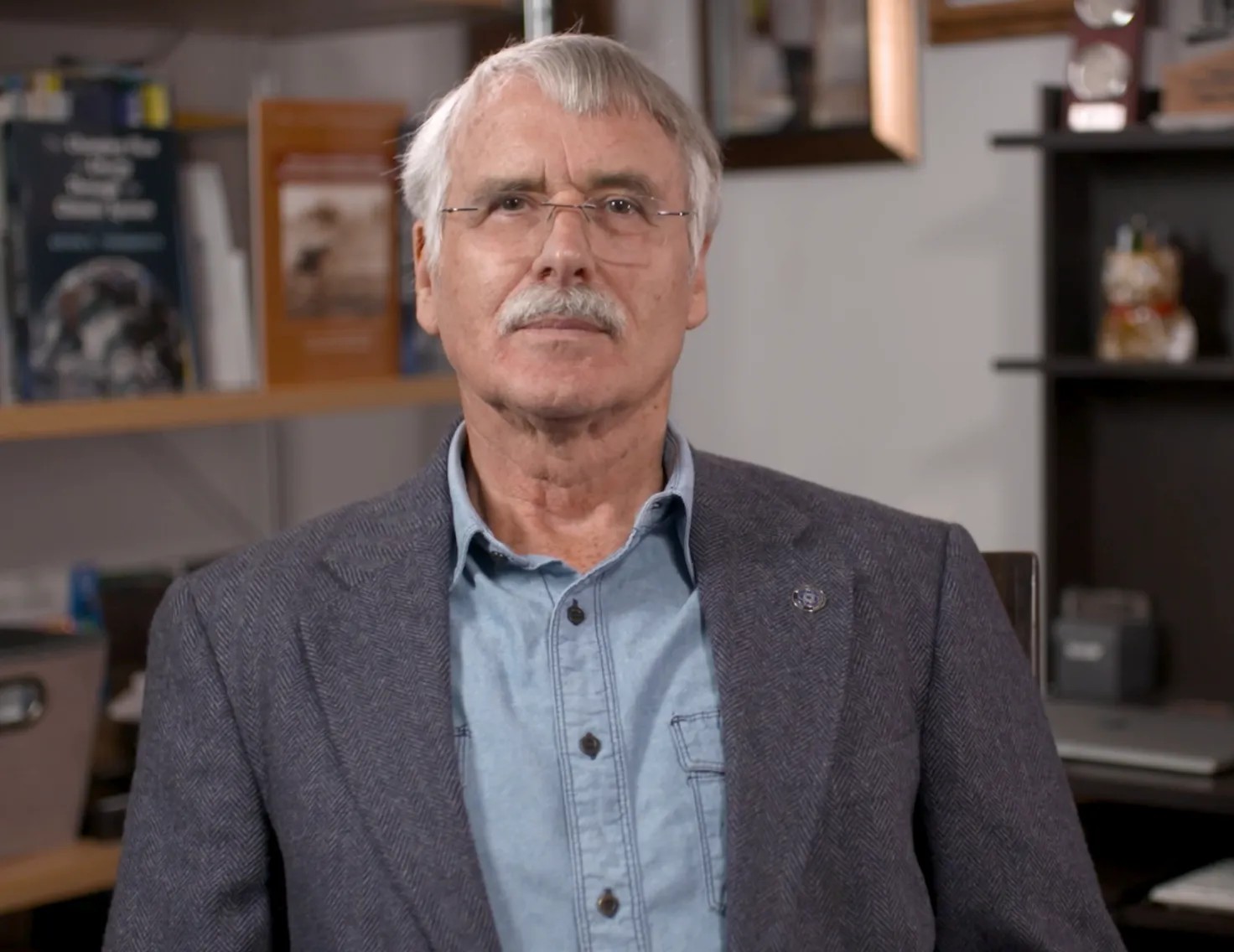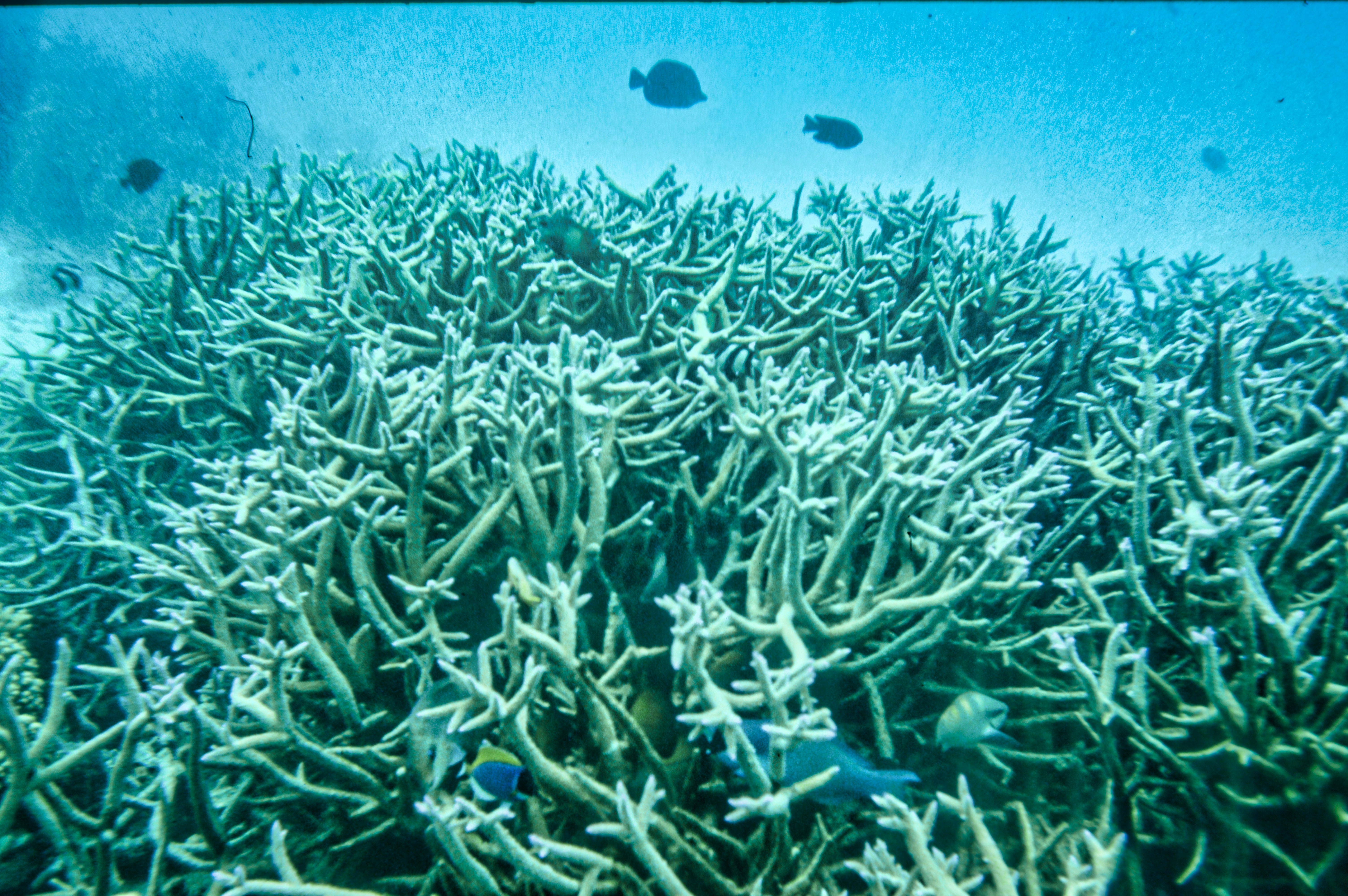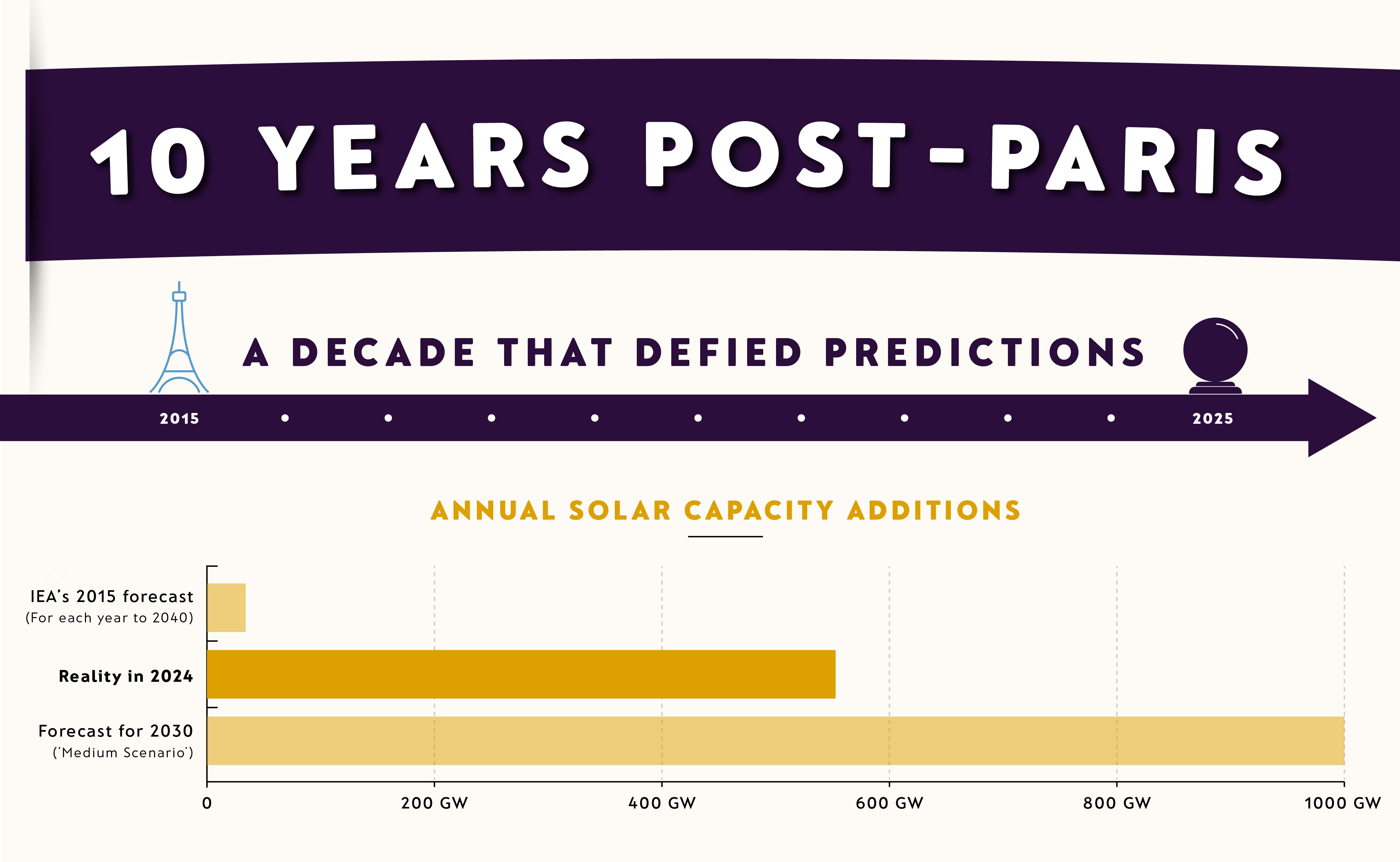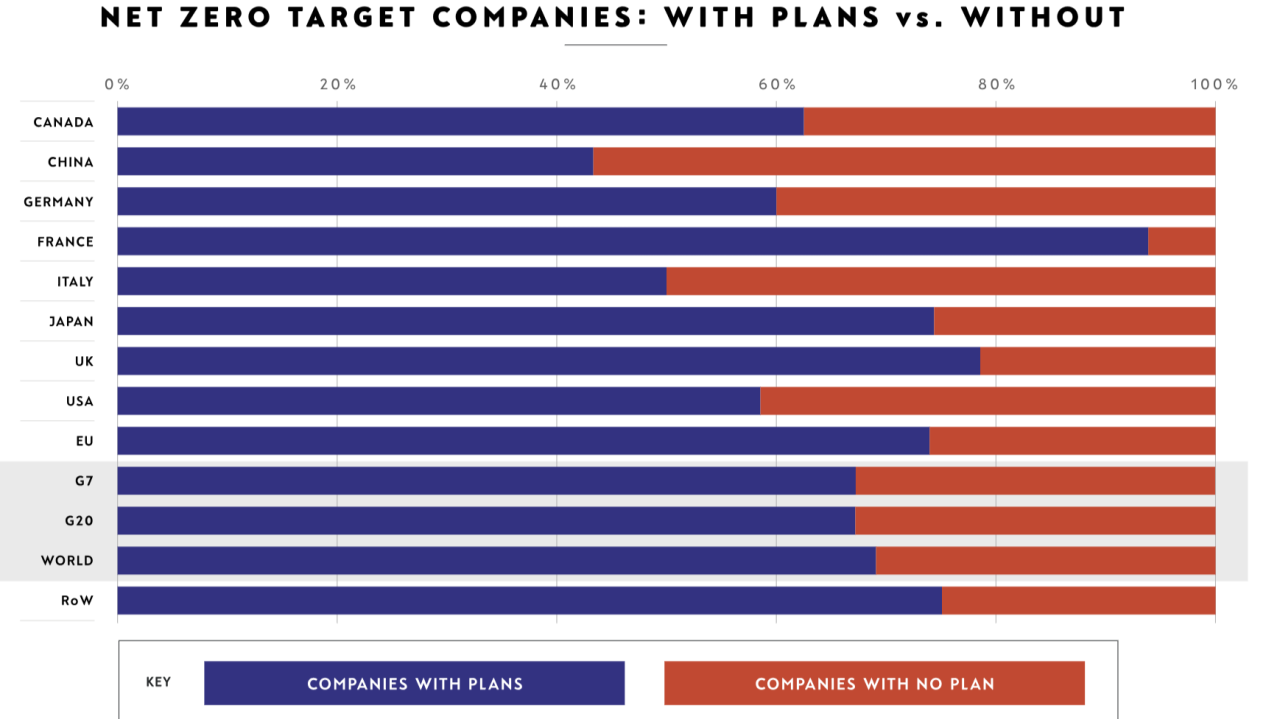
Characterizing climate change from heating, not merely temperature

Kevin Trenberth
Former Coordinating Lead Author of the IPCC
Kevin E. Trenberth, National Center for Atmospheric Research, Auckland University

Abstract
Current human-induced climate change arises primarily from the heating of the planet mainly from changes in atmospheric composition, and temperature change is one manifestation. The increasing greenhouse gases, notably carbon dioxide from burning fossil fuels, lead to Earth’s Energy Imbalance (EEI), altering the flow of energy through the climate system, and the dissemination of excess energy is partly what determines how climate change is manifested. Some of the extremes being experienced, especially those involving drought, convection, storms, flooding, and the water cycle, are mostly driven by aspects of heating and, while temperature contributes through the water-holding capacity of the atmosphere, it is more a consequence than a cause. Afterall, water is the air conditioner of the planet. The United Nations, and especially the Intergovernmental Panel on Climate Change (IPCC) in their Summary for Policy Makers, focus on global temperature targets rather than broader facets of climate change including EEI, and do not always adequately discriminate between temperature and heating. This also has consequences for future climate if or when heating is brought under control by cutting emissions. Improvements are needed in expressing how the climate is changing by properly accounting for the flow of energy through the climate system.
Plain Language Summary
Climate change in the United Nations sets goals of not exceeding 2○C and, if possible, 1.5○C increases in global mean surface temperature relative to pre-industrial values. These aspects have been a major focus for decision makers, but temperature increases are a consequence, not a cause of the human-induced climate change. Instead, burning of fossil fuels increases atmospheric carbon dioxide and heating, and alters the flow of energy through the climate system. If water is present, then it acts as an air conditioner, and keeps temperatures down but at the expense of wild weather, torrential rains, and flooding. Without water, increased heatwaves and wildfire risk occur. Extremes in many weather variables have been experienced over the past couple of years. It behooves scientists to improve communications about the nature and causes of climate change to enable better planning for the consequences and how to best mitigate the problems.
Keywords: Climate change; IPCC; temperature; misinformation;weather extremes; energy imbalance; water cycle; global warming.
1. Reporting Climate Change and Natural Variability
I have been involved in climate and climate change research throughout my career, and I have watched as climate change (global warming) was ignored, then dismissed, under-reported, largely missing in many disaster reports where it should have been included, to now being blamed for almost everything. The latter has the potential for big misunderstandings as weather and climate patterns change, because the natural transition from three years of La Niña (2020–2022) to an El Niño event in the tropical Pacific Ocean (in 2023) will likely dominate patterns of weather events locally. Climate change exacerbates the natural weather and climate variability that leads to extremes but does not cause the phenomena that are responsible for the weather extremes (Trenberth et al., 2015), as discussed further below.
At the same time, a demise has occurred in science reporting, and many smaller or regional newspapers nowadays no longer employ reporters, let alone science reporters. Social media has undermined good information and misinformation has become widespread (Mann, 2021).
Unfortunately, there is a lot of nonsense written about climate change. Foremost, there is a lot of misinformation that is deliberate and often promoted by the fossil fuel industry, for example. In spite of clear evidence that climate change is affecting our weather and bringing more damaging extremes, ranging from heatwaves and droughts to heavy rains and floods (IPCC, 2023), sizable fractions of the population and policy makers are not interested in evidence or science understanding. Others mistake weather variability, such as a cold outbreak, for the absence of influences from climate change.
2. Climate Change and the IPCC
Some misunderstanding extends to the science community itself and the Intergovernmental Panel on Climate Change (IPCC) in particular, who released its latest (AR6) synthesis report earlier in 2023 (IPCC, 2023) on what is going on, why, what it implies for the future, and what might be done about these prospects or projections.
For some years, climate change has been couched in terms of increasing global temperatures, referred to as “global warming”. There is a good reason for this because the global mean over a year or more, filters out a lot of weather noise that is not much related to climate change. This made its way into the Paris Agreement which highlighted the goals of “holding the increase in the global average temperature to well below 2○C above pre-industrial levels and to pursue efforts to limit the temperature increase to 1.5○C above pre-industrial levels”; see (IPCC, 2018) for instance. The issue is that temperature change is mostly a consequence of climate change and not so much a cause. Hence there has sometimes been a failure to distinguish changes of temperature from global heating (Trenberth, 1999).
The reason why this may lead scientists and others astray relates to the causes of climate change vs. its manifestations. The main cause of Earth’s human-induced climate change is heating from increased greenhouse gases. This can be ambiguously termed “global warming” since “heating” and “warming” are synonyms in some contexts. Indeed, increases in global mean surface temperature (GMST) are one consequence of heating. But the heating means there is a global mean Earth Energy Imbalance (EEI), and that excess energy has many profound effects (Trenberth et al., 2009; Trenberth, 2009, 2022; Hansen et al., 2011; Trenberth and Fasullo, 2010; von Schuckmann et al., 2016; Trenberth and Cheng, 2022).
Our assessment of the EEI (Trenberth, 2022; Trenberth and Cheng, 2022) focused on the well-observed period from 2005 to 2019. The EEI was about 460TW or globally 0.90±0.15 W m-2. There appears to have been a slight increase since then (Loeb et al., 2021) related to decreased reflection by clouds and sea-ice, as well as continuing increases in greenhouse gases. The EEI is very small compared with the natural flow of energy through the climate system of about 240 W m-2 (the global average of incoming absorbed solar radiation and outgoing longwave radiation). Because the EEI is a factor of 250 or so less than the average energy flow, weather systems go on much as they always have done (Trenberth et al., 2015). However, as the EEI is always of one sign, energy accumulates. It has now accumulated sufficiently to matter and make changes that lead to increased weather extremes and impacts.
The consequences of EEI include the following:
(i) It increases temperatures of the atmosphere, land, and oceans. For the oceans, the integrated measure is Ocean Heat Content (OHC).
(ii) It melts ice, including Greenland and Antarctica ice sheets, and glaciers around the world, and it thaws permafrost.
(iii) It evaporates water and changes the entire hydrological system, as latent heat is moved around as atmospheric moisture, and is then manifested as sensible heat when the moisture condenses and rains out.
(iv) It creates temperature differences which are quickly manifested as pressure gradients in the atmosphere and oceans, that in turn change winds and ocean currents.
(v) It changes radiation to and from the planet.
(vi) Sea levels rise both from expansion of the ocean and addition of meltwater from land.
Hence, although global atmospheric temperature increases are one consequence and they in turn can have important downstream effects, such as increasing the moisture-holding capacity of the atmosphere, they are mostly not the main cause of many impacts of climate change. Rather the heating and flow of energy through the climate system is chiefly responsible!

Fig. 1. Outgoing radiation is decreasing owing to increasing greenhouse gases in the atmosphere, leading to Earth’s energy imbalance of 460 TW, and the percentage going into each domain over 2005 – 2019 is indicated. Based on values from Trenberth (2022).
Indeed, by far the best indicator of human-induced climate change is the increasing OHC closely followed by rising sea level (Cheng et al., 2018) because the energy mostly accumulates in the ocean (Figure 1), and both metrics have considerably smaller natural variability signatures than atmospheric temperatures such as from El Niño-Southern Oscillation (ENSO) and natural weather variability.
Nevertheless, how global heating accumulates involves many processes and is not linear. The environment for all weather systems has changed. Fairly benign anticyclonic atmospheric conditions over the ocean at times bring light winds (less evaporative cooling) and more sunshine, which mean that hot spots or marine heatwaves form and are increasingly evident (Cheng et al., 2022). However, such high sea surface temperature (SST) regions sooner or later either attract extra atmospheric activity (such as convection or storms) or fuel weather systems in the vicinity with extra moisture. The latter leads to evaporative cooling of the ocean, often changing and even wiping out the hot spot, but the extra moisture adds latent heat to the atmosphere that is realized when precipitation occurs, often in more abundant amounts that otherwise would have been the case. Figure 2 shows the example of the strong marine heat waves that developed in the North Pacific association with the La Niña (Figure 2, top), and with the eastern hot spot removed by many storms and atmospheric rivers that pounded California throughout the 2022–2023 winter, leading to record high rainfalls. Another well documented example is hurricane Harvey which formed over record high SSTs in the Gulf of Mexico in 2017 (Trenberth et al., 2018). In that case record rainfalls around Houston could be linked to the moisture evaporated from the Gulf as seen by changes in OHC.

Fig. 2. SST anomalies in the North Pacific for October 2022 (top) and March 2023 (bottom) in ○C, based on NOAA analyses.
2.1. Misguided framing
The IPCC reports include thousands of pages detailing many aspects of climate science and the consequences of climate change. However, in reducing the information down for digestion by the public and policy makers, especially as put forward in the Summary for Policy Makers (SPMs) for each Working Group report, simplifications occur which can be misleading.
The IPCC often implies that a given temperature is responsible for the increase in extremes, and this is at best incomplete. Hence statements in AR6 Syn (IPCC, 2023) such as “The probability and rate of ice mass loss increase with higher global surface temperatures” are correct only insofar as global temperatures continue to rise as global heating continues to cause both. This latest IPCC report continues with the focus on 1.5○C and 2.0○C warming, following the 2018 report focused on warming of 1.5○C (IPCC, 2018). A comprehensive review of IPCC procedures and evolution is given by De Pryck and Hulme (2023; see Chapter 5 by Livingston on how the 1.5○C and 2○C targets were included).
The IPCC (2021) notes that GMST increases stand at about 1.1○C relative to pre-industrial levels primarily from increasing greenhouse gases, especially carbon dioxide, from human activities. They go on to document the widespread impacts of the associated climate changes and changes in weather extremes. Then they consider various projections for the future based on idealized emissions scenarios. Although the future scenarios or pathways are linked to emissions of carbon dioxide or equivalent (methane, etc.), the responses are framed in terms of the GMST and whether it is at or exceeds 1.5○C or 2○C.
The main body of IPCC reports is much more comprehensive and is recommended as an information resource on what is happening, why, and what it implies for the future, subject to various emissions scenarios, along with a comprehensive discussion of uncertainties.
2.2. Modeling
While the main basis for future projections is comprehensive Earth System Models that include full water and carbon cycles, many projections make use of much simpler models, such as Integrated Assessment Models (IAMs), that do not include weather or the hydrological cycle, and therefore also leave out many types of extremes. Idealized energy balance models with no dynamics or water cycle are also widely used. Most of the estimated impacts and economics projections use such simple models without any weather included. Hence this is especially the case for the Working Groups II and III of IPCC. The focus is on GMST and not on what actually causes the climate changes and how it is manifested in terms of damaging extremes. De Pryck and Hulme (2023; Chapter 12 by Petersen) has a more complete discussion of the use of IAMs.
None of the simple climate models (IAMs, etc.) that are used to deal with the carbon cycle, biodiversity, impacts on society, the economy, etc. include moist physics. Instead they relate everything to temperature, not heating or energy. They do not have a hydrological cycle. Their extremes rely on empirical relationships, not one based on physics. That means they can misrepresent the prospects for extremes as the climate varies or stabilizes.
2.3. Effects of heating
One point can be simply illustrated by considering a pot of water on the stove, heated from below (Figure 3). With the heat turned on, the temperature of the water gradually rises through small bubbles and convection within the fluid. The bubbles increase in magnitude and size and then the water starts rollicking as it comes to a boil. But as soon as the heat is turned off, the bubbles immediately stop. Note that the temperature is the same whether there are bubbles (boiling) or not. The key message is that some of the behavior is turned off when the heating is turned off even with much higher temperatures.
In the climate system, the fluid components of the atmosphere and the ocean cannot tolerate large heating and temperature differences. They immediately respond to heating by trying to disperse and get rid of the heat through winds, convection, storms, rainfall, and so forth, so that the rollicking is akin to some of the increasing extremes of weather as the atmosphere frantically tries to purge the heat by moving it elsewhere to where it can radiate to space or be buried in the ocean.
Changes in phase, from ice to water, or water evaporating to become water vapor, are further examples illustrating the differences between heating and temperature, as they occur with huge amounts of heat added but no change in temperature.
While heatwaves relate to temperatures, increases in other extremes, including drying, atmospheric rivers with heavy rains, more intense, bigger, and longer-lasting storms, and hence droughts and floods are better related to the heating, and not just temperature or temperature change.

Fig. 3. An electric kettle with fresh water being heated from below: (left) shortly after it was turned on (convection bubbles starting), and (right), as the water comes to a boil.
3. Water is the Air Conditioner of the Planet
In dry spells on land, increased heating exacerbates drying and wilting of plants, increasing risk of wildfire and heatwaves. Extraordinary wildfires in Canada in summer of 2023, and in Greece and Maui in August 2023 are recent examples.
In the western United States and other relatively low humidity areas, it is practicable to use evaporative coolers, also known as swamp coolers, to cool the air. These devices use evaporative cooling at the expense of moistening the atmosphere to keep the temperature down. Indeed, this mechanism works well over the oceans in general. Excess heat goes mostly into evaporation not raising temperature.
It is possible at times for such cooling to be in play sufficiently to keep temperatures lower, but at the expense of many “rain bombs” such as happened in 2022–2023. These led to major flooding events in Australia (especially March 2022), New Zealand (especially January and February 2023), South Africa (especially April 2022), Brazil (Sao Paulo, 21 February 2023), South Florida (April 2023), northern Italy (May 2023), and Beijing (late July–August 2023). Stronger monsoon rains such as devastated Pakistan in July 2022 can result. More intense and long-lived tropical cyclones, like Freddy, in February–March 2023 in the southwest Indian Ocean, and cyclone Gabrielle that intensified as a hybrid cyclone over New Zealand in February 2023 are other manifestations. Parts of Libya suffered extensive flooding and record rains in a “medicane”(Mediterranean tropical-like cyclone) rain bomb in September 2023. Hurricane Otis in October 2023 in the tropical east Pacific, warmed by El Niño, developed to become a category 5 storm within 24h and the deepening was not forecast at all, something symptomatic of global warming (Emanuel, 2017). Elsewhere in the northern hemisphere, it was the series of strong atmospheric rivers that pounded California in early 2023 and greatly reduced the SST anomalies west of California (Figure 2).
Of course, flooding is a regular occurrence, but the events listed above broke records and were new extremes, often with loss of life. In the extratropics, these phenomena were fueled in part through record high ocean and SSTs, with atmospheric water vapor resulting. Through April 2023 they were part of a pattern associated with the long La Niña event. But each weather event cooled off the ocean, as for hurricane Harvey in the Gulf of Mexico in 2017 Trenberth et al. (2018) and e.g. Figure 2. Consequently, regional temperatures may not rise and may be temporarily knocked back because the extreme weather events and associated heavy rainfalls disperse the energy in other ways. Moreover, because Earth System Models are deficient in depicting the frequency and intensity of rainfall (Trenberth et al., 2017; Covey et al., 2018), these effects may not be well described in climate projections.
4. Conclusion
The new climate norm has a warmer ocean and less ice, and some changes on the warmer land mean less and maybe destabilized permafrost. Rainfall character changes substantially. Many changes do not relate directly to global temperature but are nonetheless physically related to the heating climate. Here we have emphasized that increased heating often leads to more evaporation from the ocean and terrestrial surfaces, and the resulting increased water vapor is the cause of more intense storms, heavier rains with the incumbent risk of flooding.
Moreover, any new climate may be quite different depending on whether extra heating continues. If the world is capable of arresting increases in greenhouse gases and reducing EEI to near zero vs. one where climate change influences continue unabated, then the state of the climate may not be gleaned just from the global mean temperature alone. In particular, the hydrological cycles may differ substantially. However, modeling studies have not yet focused on these aspects.
The obsession with 1.5○C extends to arguments that the world may be able to overshoot the value and then return to it later, using some form of negative emissions. This is linear thinking and works only in the simple models used for this sort of exercise. How does one undo the huge thawing of permafrost that spews copious amounts of methane into the atmosphere as the carbon in soils decays? How does one undo a hurricane and its damage? How can the effects of a drought and resulting wildfires that flatten a forest be undone? How can Greenland be restored?
Climate change is clearly well underway and represents a major, even existential threat that is not being adequately addressed, as evidenced by the continuing high increases in atmospheric carbon dioxide concentrations at Mauna Loa, Hawaii (NOAA, 2023). Global temperatures are but an imperfect indicator of the climate. A societally important need is to focus on how the water cycle and impacts of climate change accelerate as atmospheric heating from increasing greenhouse gases progresses. But as the temperatures rise, so do various feedbacks and amplification factors, such as increased atmospheric water vapor; water vapor is a powerful greenhouse gas. Properly sorting out natural variability effects vs. those caused by human activities is important.
Improvements are much needed in expressing why and how the climate is changing from human activities by properly accounting for the flow of energy through the climate system, as outlined in Trenberth (2022). Nevertheless, there are a lot of wonderful suggestions and recommendations in the IPCC reports.
Originally published in the Journal of Climate Action, Research, and Policy. (Publisher World Scientific Publishing Co.)

Kevin Trenberth
Share "Characterizing climate change from heating, not merely temperature" on

































